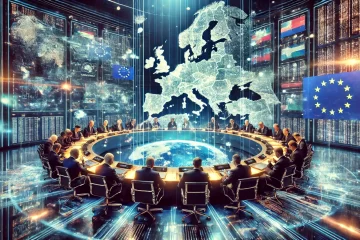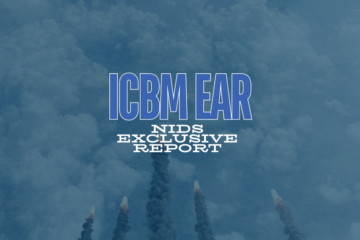The Trump campaign’s message was amplified by Twitter bots, trolls, and precision-targeted Facebook advertisements
Through analyzing Donald Trump’s role in legitimizing Russia’s propaganda, and the separate—though arguably related—issue of the Trump campaign’s own manipulation of voters via social media, it becomes apparent that, when all elements are considered together, there is a substantial argument to be made that social media was used to manipulate voters and swing an election. The precision with which voters were targeted was unprecedented.
This is the third piece in our series examining Russian information warfare, the use of social media, and the US election. Part one, Cold War 2.0: Russian Information Warfare, introduces the information warfare concept and its role in cyberspace.
Part two, Facebook, Compromised: How Russia Manipulated U.S. Voters with Social Media delves deeper into the mechanics of Russian disinformation and misinformation strategies; revealing how they manifest online and influence the electorate.
Last, Cambridge Analytica: the Darker Side of Big Data, investigates the involvement of an ethically dubious “election management” firm in the 2016 presidential elections.
Trump’s Twitter Theater
Presently, Trump’s controversial Twitter activity is under scrutiny as part of the ongoing Senate Intelligence Committee investigation and hearings.
“Today, ‘gray outlets,’ Soviet-pushing accounts, tweet at President Trump during high volumes, when they know he’s online, and they push conspiracy theories’…Watts flatly stated that the president himself has become a cog in such Russian measures… why, if Russians have long used these methods, they finally worked in this election cycle, Watts’ answer… ‘I think this answer is very simple and is one no one is really saying in this room…the commander in chief has used Russian active measures at times against his opponents.’”
Former FBI Special Agent Clint Watts, giving testimony before the U.S. Senate Intelligence Committee
Regardless of whether or not the Trump campaign’s alleged coordination with Russian government-directed misinformation/disinformation campaigns was intentional, the result was nevertheless devastating. Donald Trump wields immense influence in the social media sphere: an article published in January 2017 reveals his combined following on popular social media platforms Twitter, Facebook, and Instagram allows him to reach an audience of over 46 Million people.
Exploiting the Platform of the Presidency
Furthermore, Trump’s elevated status as the Republican Presidential candidate, and subsequently as Commander-in-Chief, arguably provides him with the discursive power necessary to validate the authenticity of his claims in cyberspace (and the real world). The audience exposed to information shared by Trump is primed to believe in its authenticity. During his testimony, Watts substantiates the claim above with the following evidence:
“Trump’s citation of an apparently false Sputnik story at an October 2016 campaign appearance; his ongoing denial before and after the campaign of U.S. intelligence of Russian interference in the election; his claims of voter fraud and election rigging, which Watts said was pushed by RT and Sputnik; and Trump’s questioning of the citizenship of former President Barack Obama and even his primary rival Ted Cruz.”
Echoing the aforementioned themes of Russian propaganda, the examples Watts provides elucidate the relationship between the Russian Information warfare operation and the Trump campaign’s (intentional or otherwise) complicity in the spread of fake news. Trump and his associates’ repeated claims from fake news sites, implicitly sanctioning their authenticity, then feeding it back into the social media sphere, where it was then widely disseminated by real people and automated bots.
Watts explains that “the disinformation is kept alive and gradually becomes more real and plausible.” If this social media platform-mediated sabotage of the truth was not enough, the Trump campaign also employed other social media manipulation maneuvers, made possible with Big Data analytics.
This is the third piece in our series examining Russian information warfare, the use of social media, and the US election. Part one, Cold War 2.0: Russian Information Warfare, introduces the information warfare concept and its role in cyberspace.
Part two, Facebook, Compromised: How Russia Manipulated U.S. Voters with Social Media delves deeper into the mechanics of Russian disinformation and misinformation strategies; revealing how they manifest online and influence the electorate.
Last, Cambridge Analytica: the Darker Side of Big Data, investigates the involvement of an ethically dubious “election management” firm in the 2016 presidential elections.



